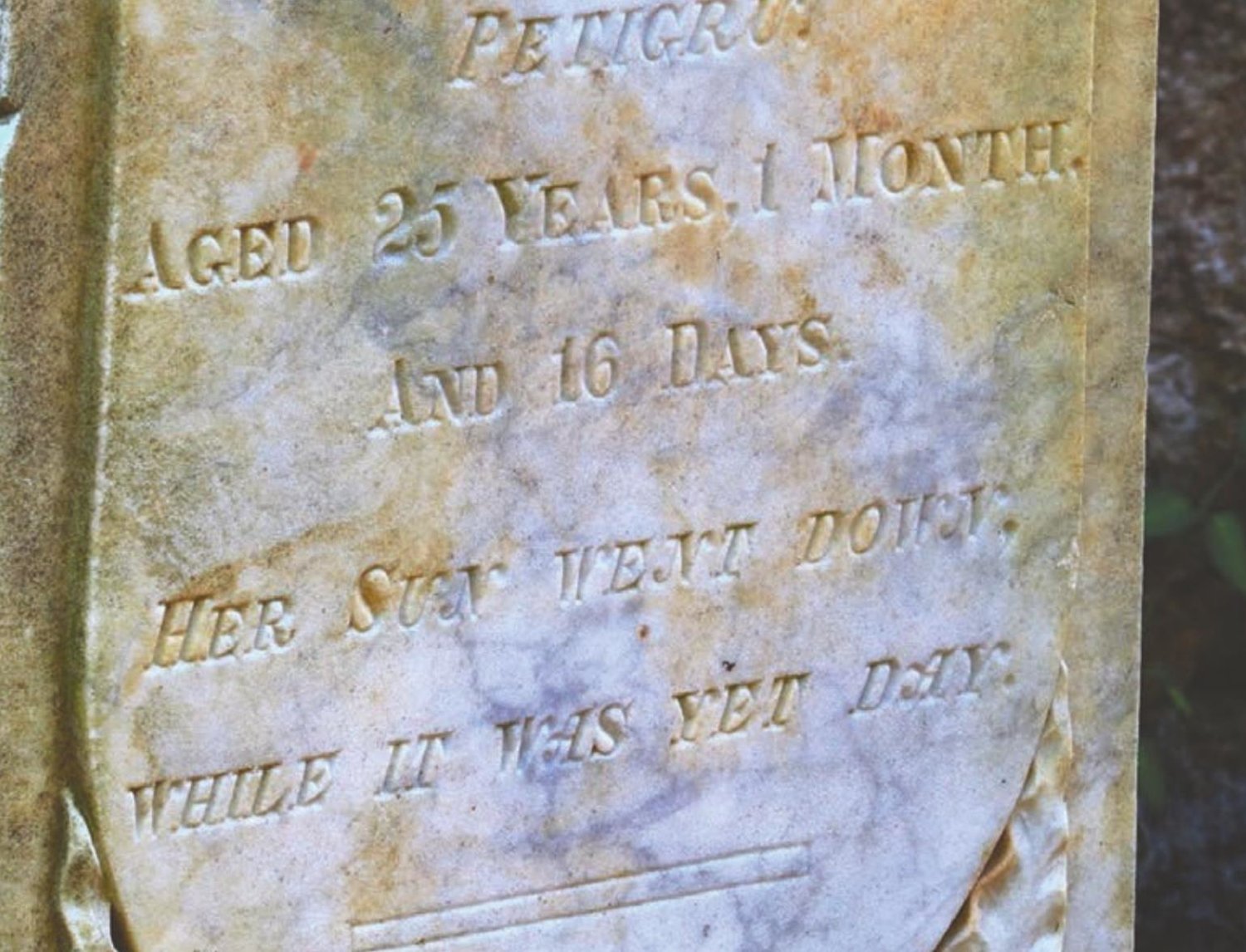Stonecutters’ beautiful legacy
I love fading vestiges of yesteryear.
Bull Durham and Coca Cola ads painted onto brick and old Camel cigarette signs don’t bother me. In fact, I love ’em.
Classic signs of the past …
This item is available in full to subscribers.
Subscribe to continue reading. Already a subscriber? Sign in
Get 50% of all subscriptions for a limited time. Subscribe today.
Please log in to continueNeed an account?
|
Stonecutters’ beautiful legacy
I love fading vestiges of yesteryear.
Bull Durham and Coca Cola ads painted onto brick and old Camel cigarette signs don’t bother me. In fact, I love ’em.
Classic signs of the past belong in a realm called art.
Modern signs? They bring to mind that hippy anthem, “Sign, sign, everywhere a sign, blockin’ out the scenery, breakin’ my mind. Do this, don’t do that, can’t you read the sign?”
“Yes, Les Emmerson but I prefer not to.”
Signs. How they blight the land. And now digital billboards join messages painted onto tin, nailed onto wood, sealed in plastic, printed on vinyl, and signs scrawled onto cardboard.
It’s painful, but notice all the signs: banners, real estate signs, billboards, sandwich signs, window decals, vehicles wrapped in graphics, yard sale signs, and even signs disguised as awnings.
I never see a sign wired with electronics and think, “An artist created that.”
No, I suffer sign fatigue as moronic messages and flashing lights assault optic nerves, but I have wonderful news. Digital signs are only as good as their power supply. Tin rusts. Wood rots. Plastic fades.
Father Time kills all signs save one, and it isn’t a sign; it’s a monument cut from Mother Earth herself.
“Stroll with me through an old cemetery. Welcome to the Stonecutter’s Museum where grace, beauty, and sentiment surround us.”
Stonecutters’ designs, etchings, engravings, and bas-relief in and on Italian marble and granite left us a beautiful, enduring legacy. Families took pride in gravestones as they expressed love, loss, and status.
One aged graveyard draws me back as few places do.
This Huguenot place of rest holds the graves of Reverend Jean Louis Gibert (1722-1773), leader of the 1764 French Huguenot settlement at New Bordeaux and daughter of Governor R.F.W. Allston, among others.
The grave that most draws me is Martha Petigru’s. “Her sun went down while it was yet day.” Stonecutter W. T. White engraved this beautiful if perplexing line chosen from Jeremiah 15: 9.
Old cemeteries trump modern ones. Like kudzu, modern life supplants all.
The golden days of gravestone carving in this country are over, but gravestone sculptors left a monumental legacy.
Wearing no safety goggles, with no OSHA headaches, and few power tools, they chipped, incised, scored, and chiseled, rasped, and carved with such talent that “cemetery stone carver” became a well-respected profession. Their art form earned them a livelihood, and like painters and authors, they signed their works.
So, who was W.T. White who engraved his name at the base of Martha’s stone?
He was one of many fine carvers from Charleston whose lineage you can trace to Thomas Walker, a Scottish master stone carver who landed in Charleston not long after the Revolution.
In South Carolina when you spot an exquisite gravestone in an old cemetery, chances are a Walker or a White created it.
I am certain Martha Petigru was beautiful, her monument is. Though W.T. White never met Martha, they’re connected for eternity in a cemetery overlooking Clarks Hill Lake.
I pay them my respects as often as I can in a Stonecutter’s Museum called Badwell Cemetery. You can, too.
Other items that may interest you










Comments
No comments on this item Please log in to comment by clicking here